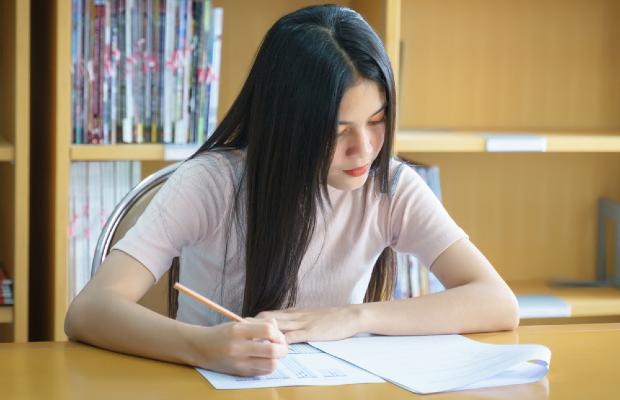matrices problem
Question: The matrix M is given by M , where .
a)Find .
b)Given that and that b and c are non-zero, prove that M is singular.
c)Prove that in this case, the transformation T, is defined by
maps all points of the plane to points of the line
my attempt:
prove that M is singular
if matrix is singular then
thus we need to prove that
from 1
from 2
sub bc and d into
thus
since therefore M is singular
I need help with part c
please help
a)Find .
b)Given that and that b and c are non-zero, prove that M is singular.
c)Prove that in this case, the transformation T, is defined by
maps all points of the plane to points of the line
my attempt:
prove that M is singular
if matrix is singular then
thus we need to prove that
from 1
from 2
sub bc and d into
thus
since therefore M is singular
I need help with part c
please help
(edited 5 years ago)
bump
Couple of ways, but use the fact that the second column of M contains much of the info, given that you've already found a relationship between a and d. You can also use the det expression to get the equivalent relationship for c and consider the column space of the matrix.
Original post by bigmansouf
bump
(edited 5 years ago)
Quick Reply
Related discussions
- Anyone fancy a chat?
- Matrices question
- Which areas of further maths are most relevant for computer science?
- Further Maths GCSE
- Bemused at difficulty of Maths of 1st Year Physics.
- Mat 1996 mcq
- What is the syllabus for the futher maths gcse this year?
- Do you use logarithms, matrices and exponentials in algorithms?
- What topic are you on at school in Further maths yr 12?
- aqa further maths gcse
- Matrix diagonalisation
- Further maths help
- Further Maths
- Want to switch course
- Computer Graphics Previous Year Question asked in UGC NET 2021
- A statement about my University of Cambridge degree.
- Astrophysics Undergraduate Degree
- A Level Further Maths - edexcel paper 1 2023
- Matrices (Maths) Help
- classwizz help
Latest
Trending
Last reply 2 days ago
Did Cambridge maths students find maths and further maths a level very easy?Last reply 2 weeks ago
Edexcel A Level Mathematics Paper 2 unofficial mark scheme correct me if wrongMaths
71
Trending
Last reply 2 days ago
Did Cambridge maths students find maths and further maths a level very easy?Last reply 2 weeks ago
Edexcel A Level Mathematics Paper 2 unofficial mark scheme correct me if wrongMaths
71




